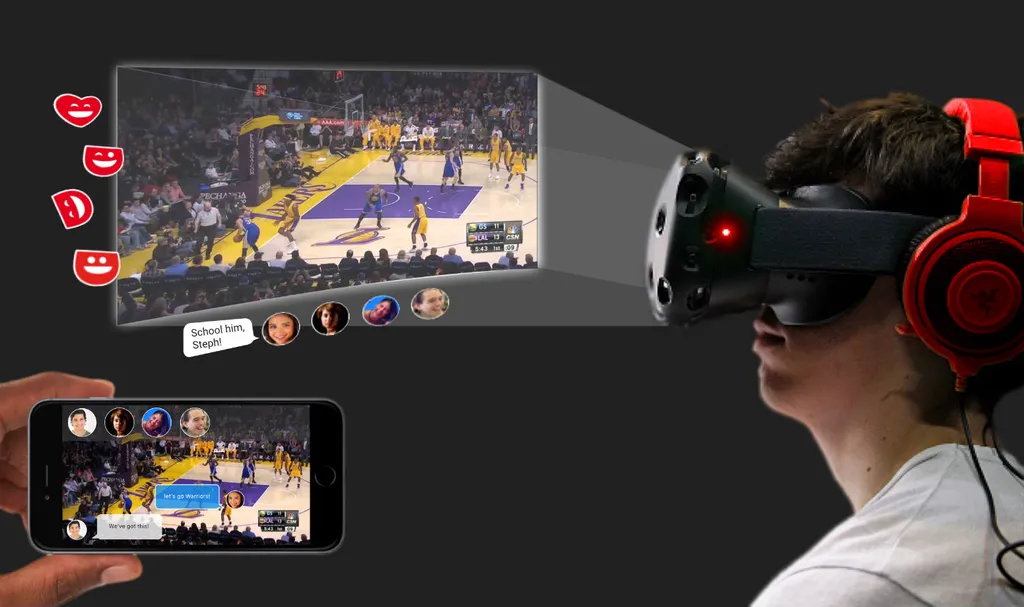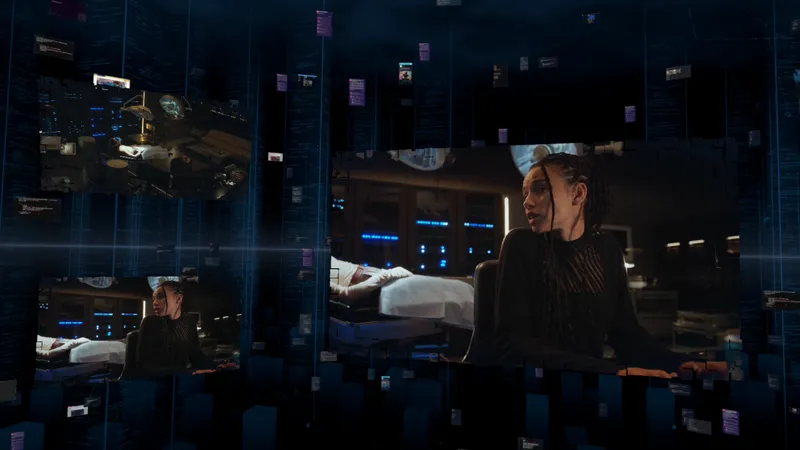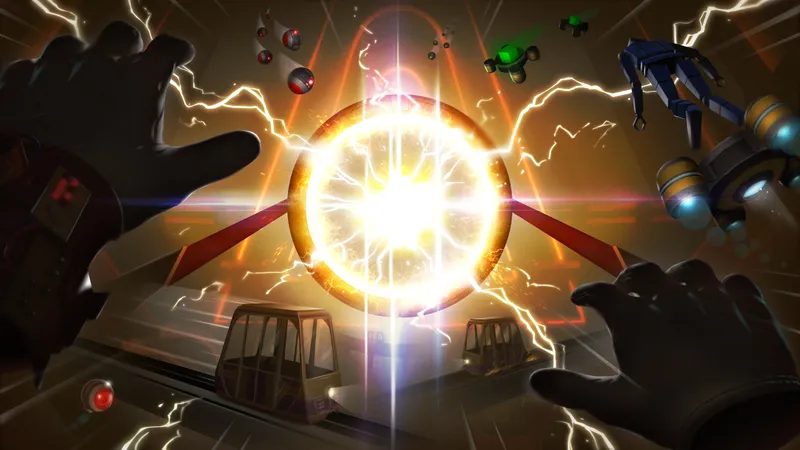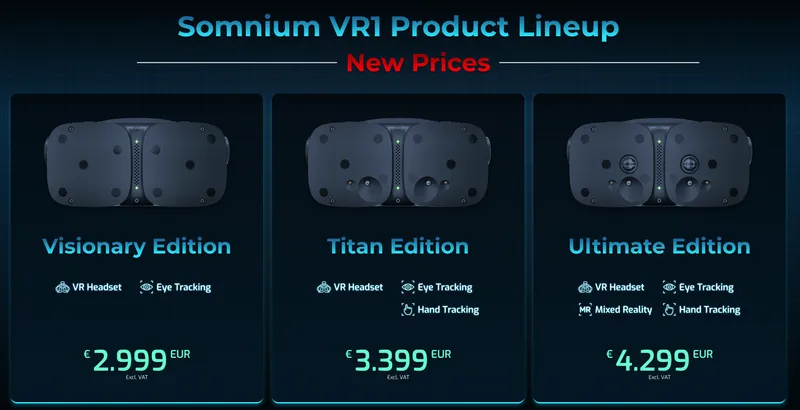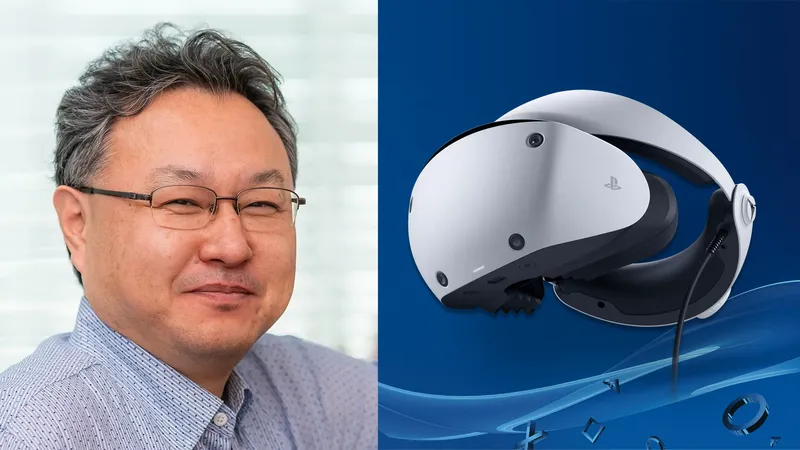Startup DabKick has expanded to include virtual reality functionality on HTC Vive. CEO Balaji Krishnan told UploadVR the company has plans to support all VR platforms.
The company is building social VR tech that connects the emerging virtual reality ecosystem with the established smartphone ecosystem. The app makes it easy to instantly share a selfie from a smartphone with an HTC Vive user, for example, all while chatting or talking live.
https://www.youtube.com/watch?v=S_aOcW7A9uk
Smartphone users will see the regular DabKick app UI where the windows are overlaid on top of each other (because it’s a 2D surface), while VR users will see a rich immersive experience like a large theatrical video player with separate windows. Today users can watch 2D media content like YouTube together, but Krishnan said DabKick will support 360-degree photos and videos soon, allowing smartphone users to move around and enjoy 360 content along with friends in VR.
“DabKick is the first of its kind to connect VR devices and smartphones and make them truly bi-directional,” Krishnan said. “Smartphone users can now show their personal content from the web to their friends in VR and vice versa. Also, due to the lack of availability of media content for VR, DabKick supports all media from the web that can now be played inside VR and watched together with friends.”
While VR is new to DabKick, the company has partnered with Ericsson’s VR/AR group inside its innovation division on this project. Utilizing Ericsson’s UDN technology and a high-speed network, like 5G, will amplify the capability to connect, thereby driving greater value for telcos, extending the potential to monetize the deeper user engagement, according to Diomedes Kastanis, vice president and head of innovation at Ericsson.
Ultimately, Krishnan said VR helps deliver DabKick’s vision for the next generation of live communication, surpassing audio and video calls with a new immersive experience that visually enriches communication and deepens the emotional connection between users.
“When VR is used for media it can deliver an immersive experience, but it can also be a solo and isolated experience,” Krishnan said. “Even if your friends are right next to you, they cannot see what you see inside VR. But certain media types like sports are meant to be watched with friends, so we decided to bring DabKick functionality inside VR devices. We believe by making VR a social media watching experience, people will spend more time inside VR.”
Krishnan said the bi-directional nature of this app, which lets friends show and change content across devices, is key to encouraging users to spend more time inside VR with a “lean back” experience similar to watching television.
Social VR was a key message from Mark Zuckerberg during Oculus Connect 3 this year. Krishnan said DabKick’s approach is similar but there are some core differentiators. Zuckerberg’s demo focused on communication, whereas DabKick is aiming at media like photos and videos so users can experience them together along with communication.
“We believe we can make it more universal by bridging the gap between VR devices and smartphones, so that your friends with smartphones can show their album photos or videos for you to enjoy inside VR,” Krishnan said.
DabKick just raised $750,000 from Moscow-based GVA Launch Gurus and Bengala Investments. Krishnan said this investment will be used for engineering, product development and marketing initiatives that will drive continued momentum for DabKick. Additionally, Vadim Balashov, Investment Advisor from GVA Launch Gurus, and Ranjith Kumaran, serial entrepreneur and current CEO of HighTail, will join CEO Balaji Krishnan on DabKick’s Board of Directors.
While the current app is free, Krishnan said DabKick will release a premium version for a monthly subscription. This premium version will have added features like an unlimited number of friends in a live group session, picture-in-picture video calls, more emojis, etc. The company is also planning to introduce in-app purchases.
“These are just the first few methods of monetizing,” Krishnan said. “Our goal is to work with distributors like telcos and media companies to monetize the actual engagement along with them.”
Krishnan believes social will be big in the VR landscape, especially when it comes to entertainment and sports.
If you’re watching a concert or sports event at AT&T Stadium, it’ll be a lot more fun if you have your friends (or other supporters) with you to enjoy the experience,” Krishnan said. “This will require a synchronized media watching experience across platforms, along with a communication channel so you can watch together and express yourself. And we believe those platforms are VR and smartphones, not PCs or consoles. We need an adhoc way of reaching people to watch together and communicate and since smartphones are always on, they’re the perfect platform.”

